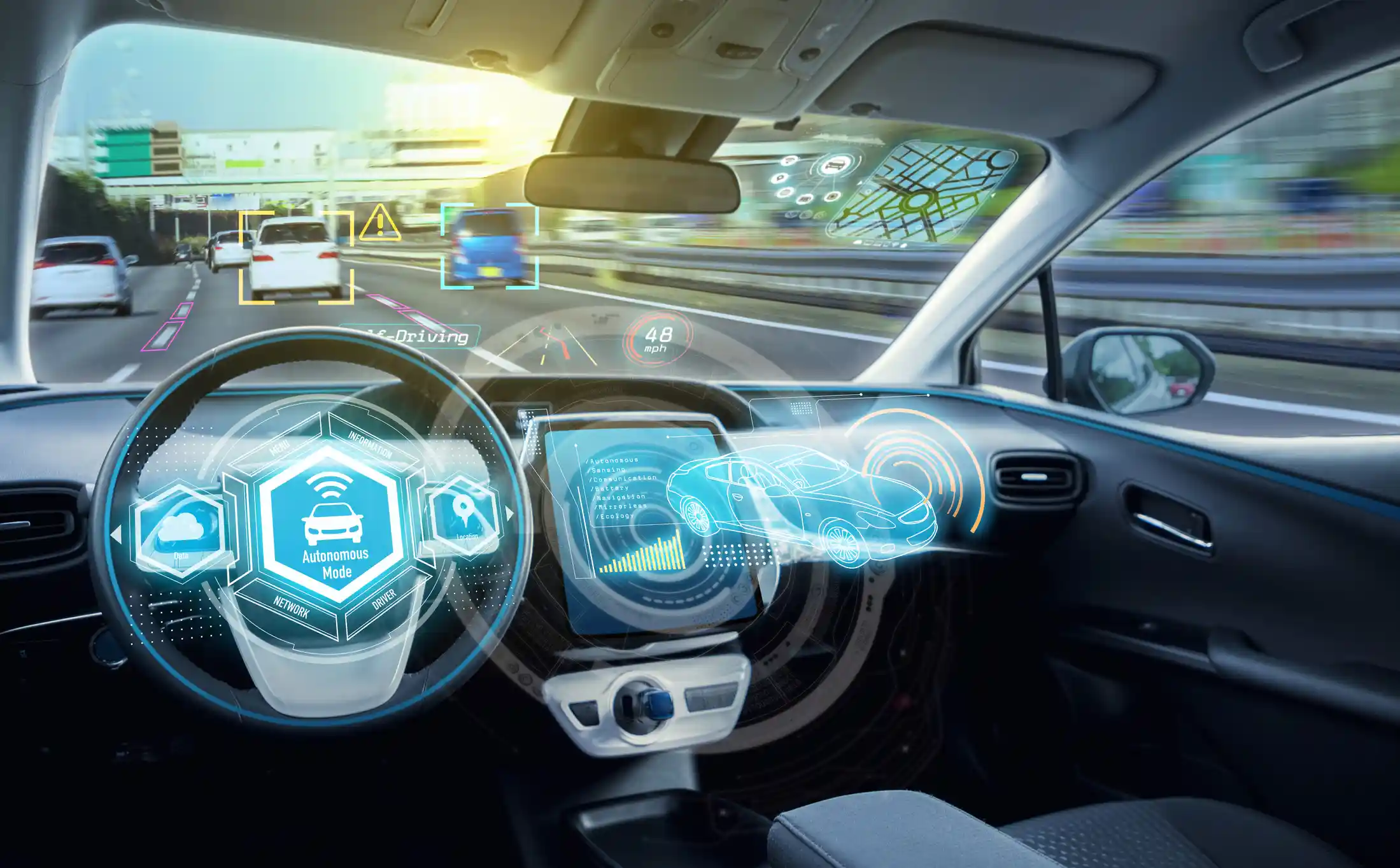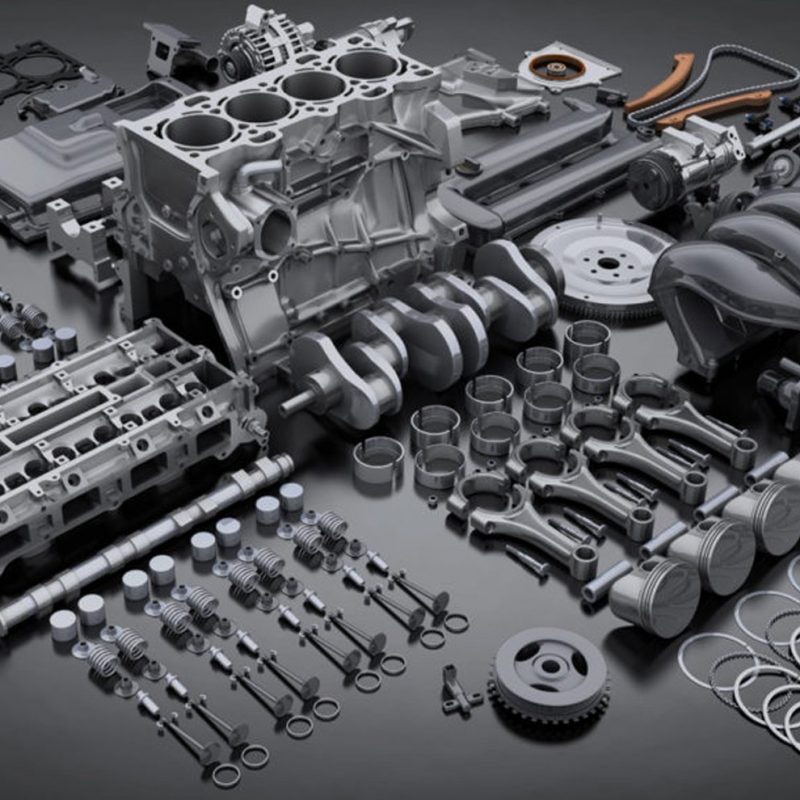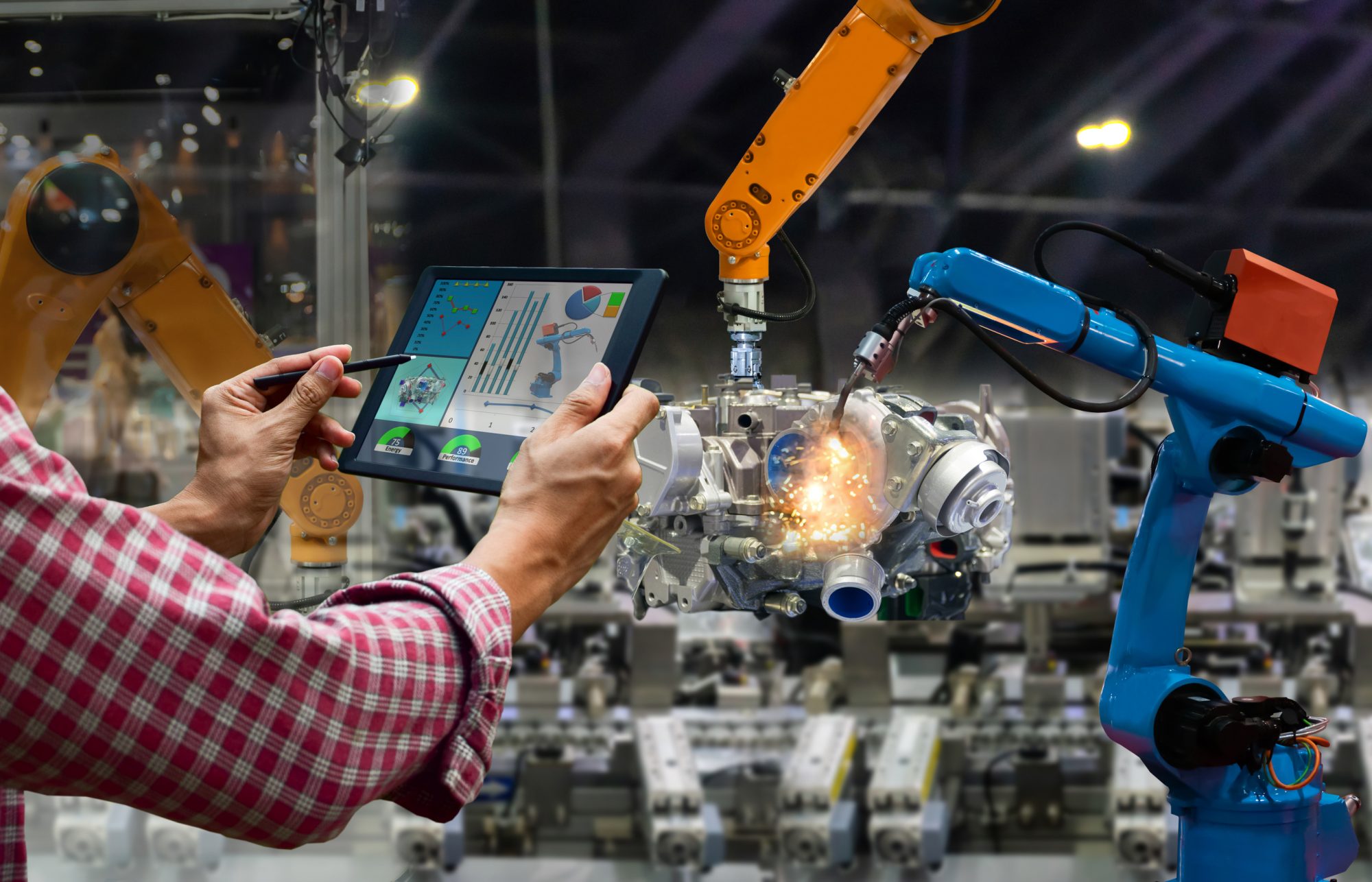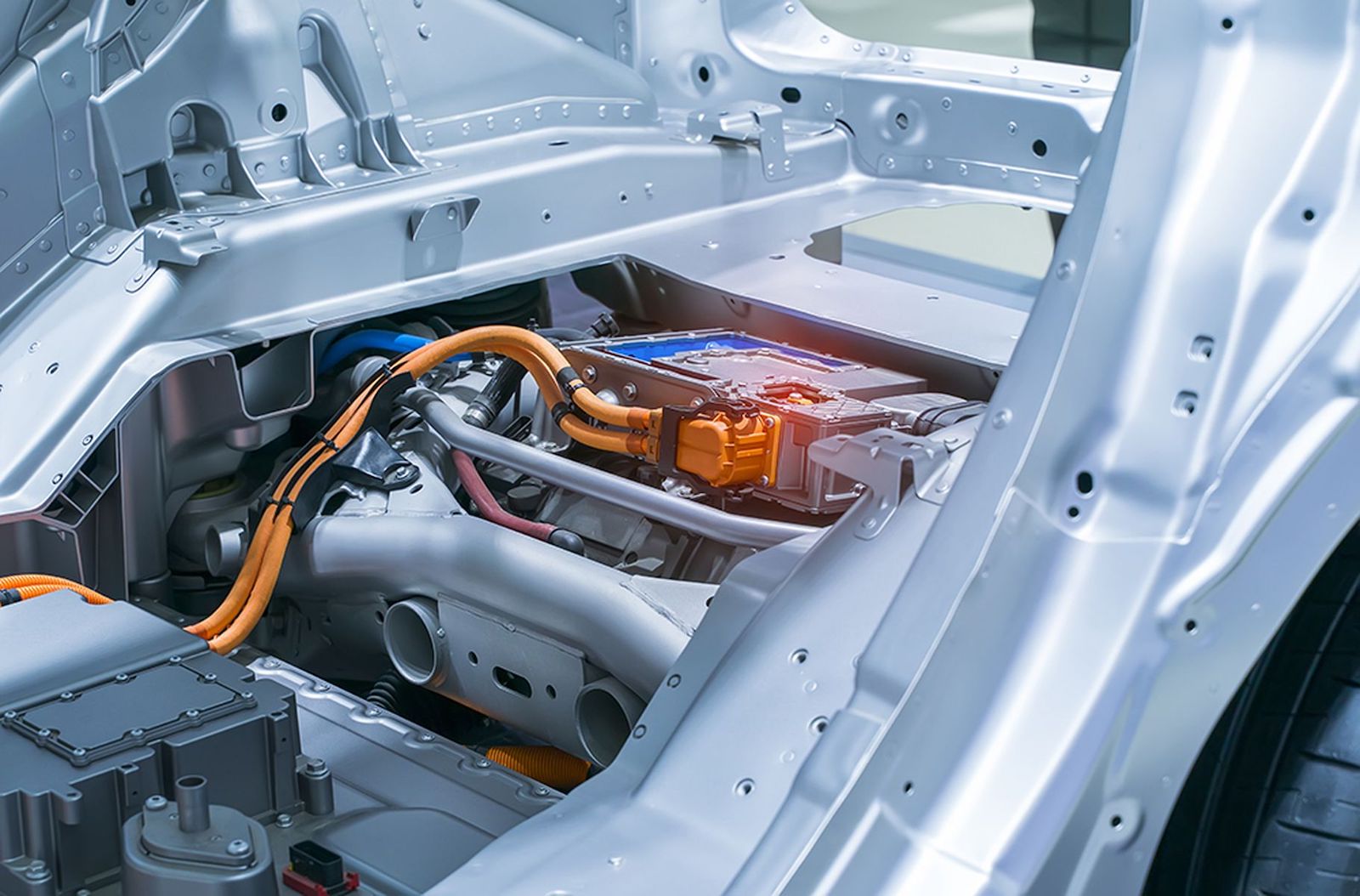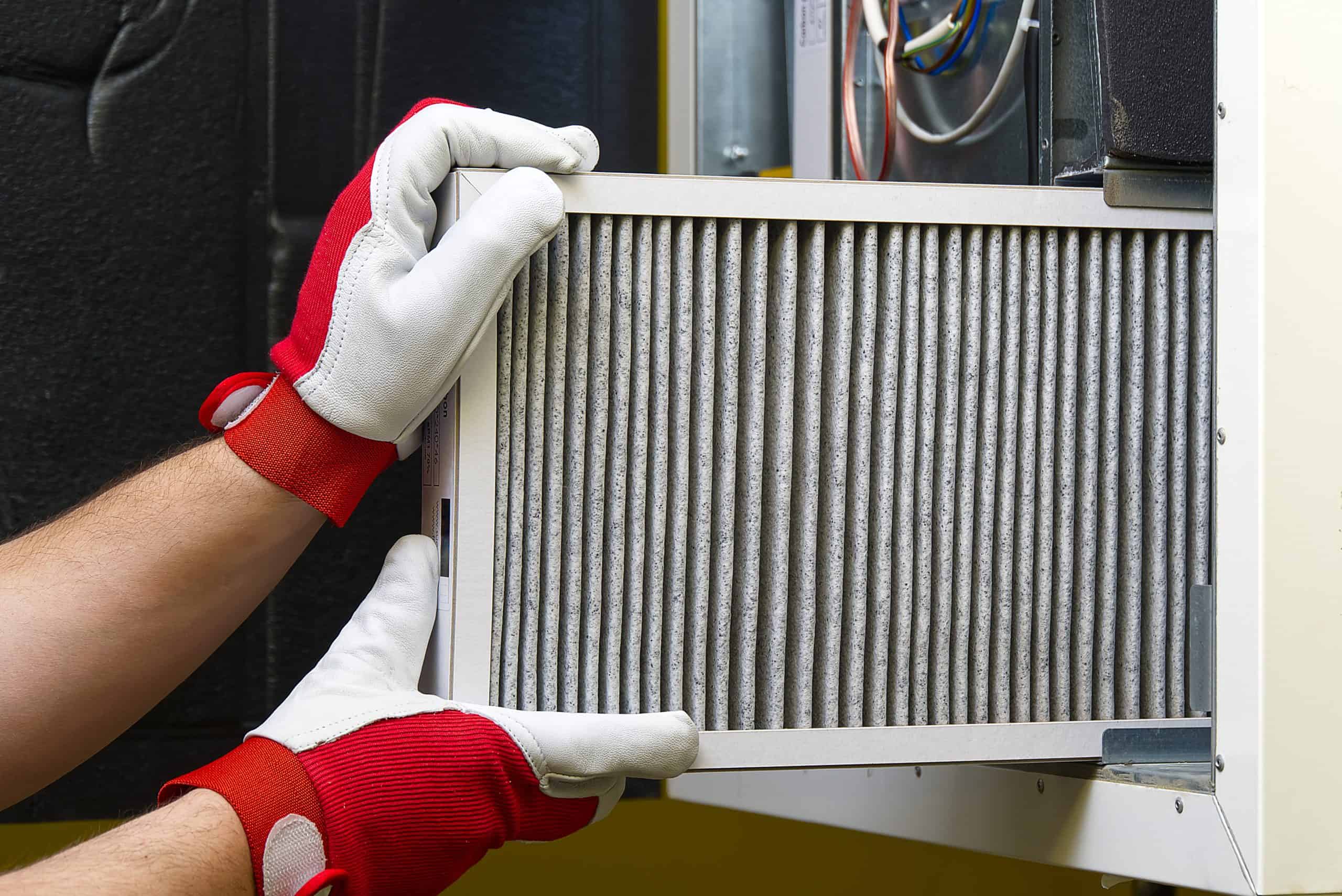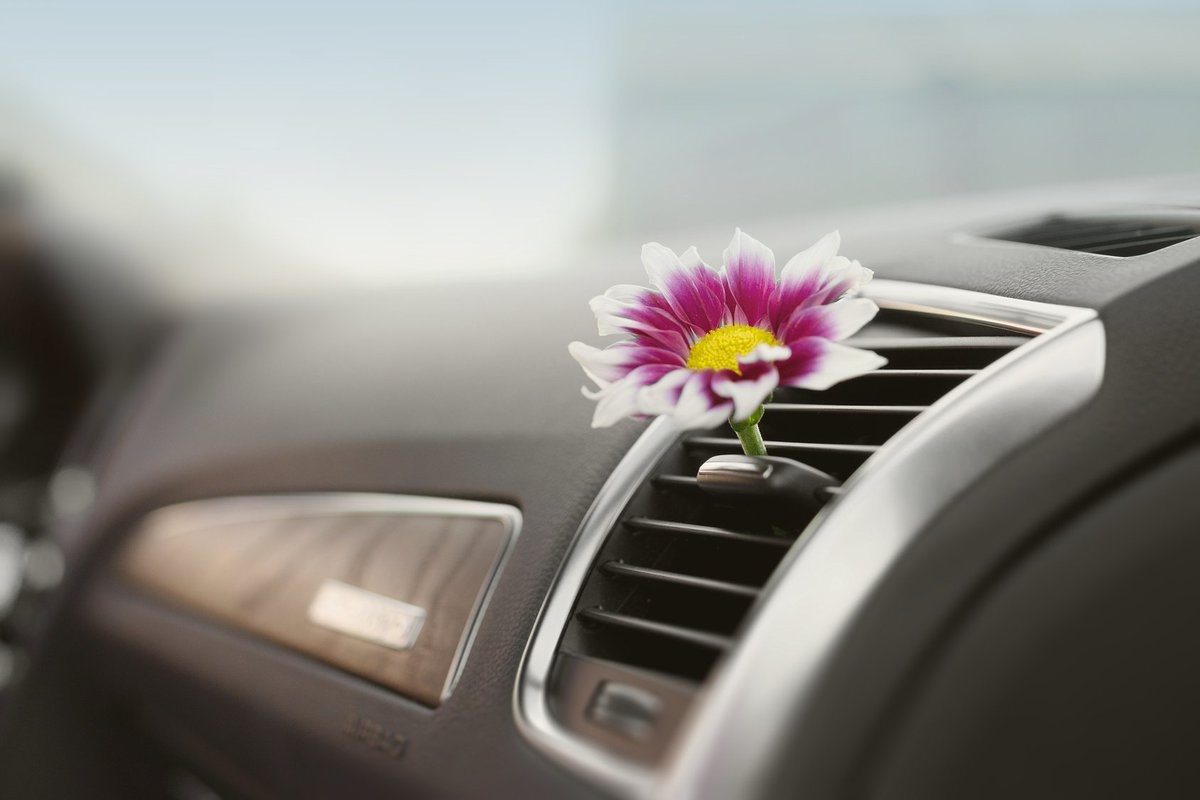Understanding the Different Types of Hardware Used in Automobiles
Understanding the Different Types of Hardware Used in Automobiles
Understanding the different types of hardware used in automobiles is important for a number of reasons. For one, it can help you make more informed decisions when purchasing a new vehicle. By knowing what types of hardware are used in different makes and models, you can better compare the features and capabilities of different cars and trucks. Additionally, understanding the hardware used in your own vehicle can help you make more informed decisions about maintenance and repairs.
In this blog, we will be discussing the different types of hardware used in automobiles. We will cover powertrain hardware, which includes the engine, transmission, and drivetrain. We will also cover chassis hardware, which includes the suspension, brakes, and steering. Additionally, we will discuss electrical hardware, which includes the battery, alternator, and starter, as well as interior hardware, which includes the seats, dashboard, and entertainment systems. By the end of this blog, you will have a better understanding of the different types of hardware used in automobiles and how they affect the performance, safety, and comfort of your vehicle.
Powertrain Hardware
The powertrain of a vehicle refers to the mechanical components that generate and transmit power to the wheels. It includes the engine, transmission, and drivetrain. The engine is the heart of the powertrain, converting fuel into mechanical energy to power the car. The transmission is responsible for managing the engine’s power output and sending it to the drive wheels. The drivetrain includes the axles, drive shafts, and differentials that transfer power from the transmission to the wheels.
The engine is the main component of the powertrain. There are several types of engines used in cars and trucks, including gasoline, diesel, and electric. Gasoline engines use a spark to ignite a mixture of fuel and air, while diesel engines use compression to ignite the fuel. Electric engines use electricity from the battery to power the vehicle. The transmission is responsible for managing the engine’s power output and sending it to the drive wheels. It has different types like manual, automatic and CVT (Continuously Variable Transmission). The drivetrain includes the axles, drive shafts, and differentials that transfer power from the transmission to the wheels.
Powertrain hardware affects the performance and fuel efficiency of a vehicle in a number of ways. For example, a more powerful engine or a more efficient transmission can improve acceleration and top speed. A more efficient drivetrain can also improve fuel economy. The type of engine also affects the fuel efficiency, electric vehicles have no emissions and have high fuel efficiency but they have a limited range of miles per charge. On the other hand, diesel engines are more efficient than gasoline engines but they have higher emissions. Choosing the right powertrain hardware can have a significant impact on the overall performance and fuel efficiency of your vehicle.
Chassis Hardware
The chassis of a vehicle refers to the structural frame that supports the body, powertrain, and other components. The chassis is what gives the car its shape and provides a sturdy platform for all the other systems to work on. The main components of the chassis are the suspension, brakes, and steering.
The suspension is responsible for providing a smooth ride by absorbing bumps and vibrations from the road. It connects the wheels and tires to the vehicle’s frame and allows the wheels to move up and down. There are different types of suspension systems, such as coil springs, leaf springs, and air suspension. The brakes are responsible for slowing down or stopping the vehicle, and there are different types of brakes, such as drum brakes and disc brakes. The steering system allows the driver to control the direction of the vehicle. There are different types of steering systems, such as rack and pinion and recirculating ball.
Chassis hardware affects the handling and safety of a vehicle in a number of ways. A good suspension system will provide a smooth ride and improve the handling of the vehicle. A good brake system will provide reliable stopping power and improve the safety of the vehicle. A good steering system will provide precise control and improve the handling of the vehicle. The choice of the right chassis hardware can make a big difference in the way a vehicle handles, performs, and most importantly, the safety of the passengers and other road users.
Electrical Hardware
The electrical system of a vehicle is responsible for powering all the electronic systems and accessories, such as the lights, radio, and power windows. The main components of the electrical system are the battery, alternator, and starter. The battery stores electrical energy and provides power to the starter to crank the engine. The alternator generates electrical power to run the vehicle’s systems while the engine is running. The starter is responsible for turning over the engine when the key is turned.
The battery is the main component of the electrical system, it stores electrical energy and provides power to the starter to crank the engine. It also provides power to the car’s systems when the engine is off. The alternator is responsible for generating electrical power to run the vehicle’s systems while the engine is running. It charges the battery and powers the vehicle’s electrical systems. The starter is responsible for turning over the engine when the key is turned. It uses electrical power from the battery to turn the engine flywheel.
Electrical hardware affects the functionality of a vehicle’s systems and accessories in a number of ways. A good battery will provide reliable starting power and maintain the power of the car’s systems when the engine is off. A good alternator will provide reliable power to run the vehicle’s systems while the engine is running. A good starter will provide reliable starting power when the key is turned. The electrical system is a vital part of the vehicle, it powers all the electronic systems and accessories, and ensures the smooth operation of the car. Proper maintenance and replacement of the electrical hardware components are essential for the optimal performance of the vehicle.
Interior Hardware
The interior of a vehicle refers to the space inside the car where the driver and passengers sit. The main components of the interior are the seats, dashboard, and entertainment systems.
The seats provide a comfortable place for the driver and passengers to sit. There are different types of seats, such as cloth, leather, and sport seats. The dashboard is the control center for the vehicle, it includes the instrument cluster, infotainment system and the HVAC controls. The entertainment systems include the audio system, navigation system, and rear-seat entertainment systems.
Interior hardware affects the comfort and convenience of a vehicle in a number of ways. Comfortable seats will provide a more pleasant driving experience, while a well-designed dashboard will provide easy access to the car’s controls and systems. A good audio system and navigation system will enhance the entertainment experience, while the rear-seat entertainment system will provide entertainment for the passengers. The choice of the right interior hardware can make a big difference in the comfort and convenience of the vehicle. It can make the driving experience more pleasant and enjoyable, especially during long trips.
Conclusion
In this blog, we have discussed the different types of hardware used in automobiles. We covered powertrain hardware, which includes the engine, transmission, and drivetrain. We also covered chassis hardware, which includes the suspension, brakes, and steering. Additionally, we discussed electrical hardware, which includes the battery, alternator, and starter, as well as interior hardware, which includes the seats, dashboard, and entertainment systems. We have looked at how each type of hardware affects the performance, safety, and comfort of a vehicle.
Understanding the different types of hardware used in automobiles is important for making informed decisions about purchasing and maintaining a vehicle. By knowing what types of hardware are used in different makes and models, you can better compare the features and capabilities of different cars and trucks. Additionally, understanding the hardware used in your own vehicle can help you make more informed decisions about maintenance and repairs. It is important to keep the vehicle hardware in good condition and service it regularly to ensure optimal performance, safety, and longevity of the vehicle. By understanding the different types of hardware used in automobiles, you can make more informed and confident decisions about your vehicle.


